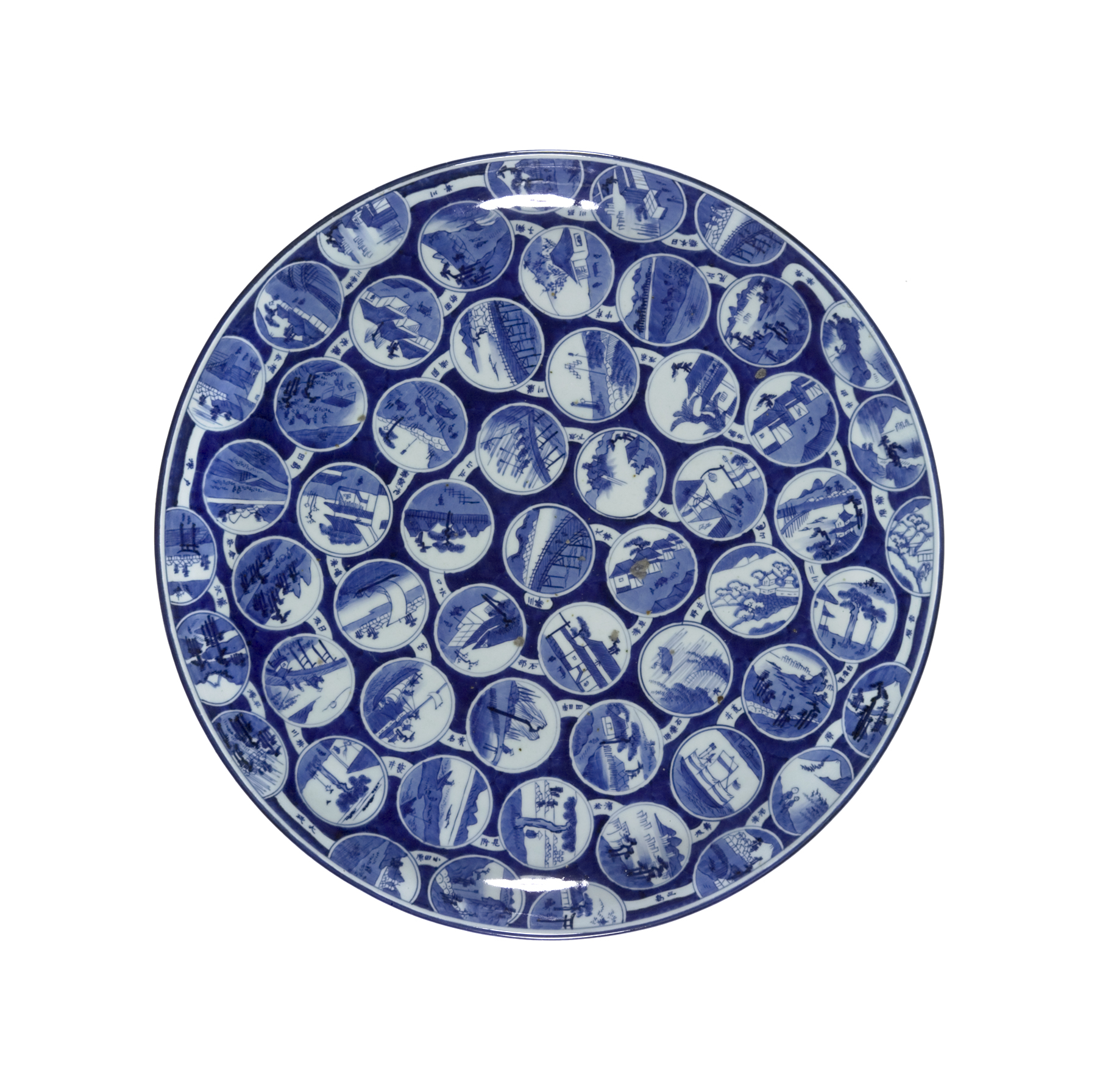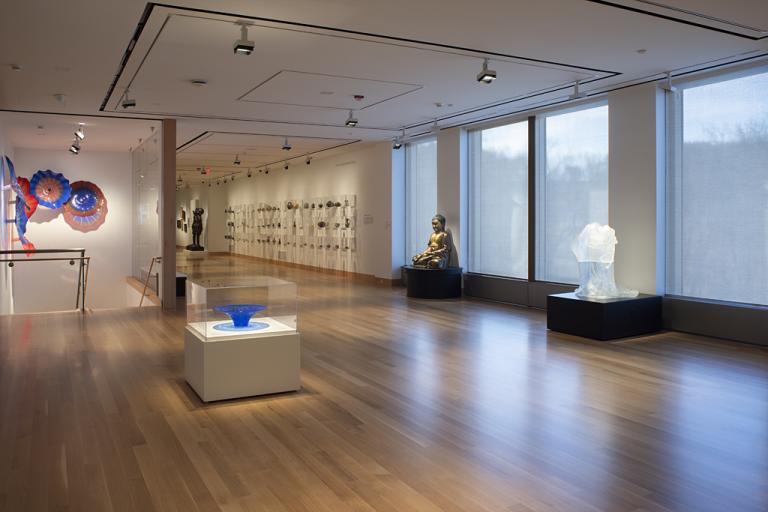Tōkaidō plate, unknown maker from Japan
Artwork Overview
Tōkaidō plate
, circa 1840, Edo period (1600–1868)
Where object was made: Japan
Material/technique: underglaze; Imari porcelain
Dimensions:
Object Height/Diameter (Height x Diameter): 8.9 x 63.2 cm
Object Height/Diameter (Height x Diameter): 3 1/2 x 24 7/8 in
Weight (Weight): 18 lbs
Object Height/Diameter (Height x Diameter): 8.9 x 63.2 cm
Object Height/Diameter (Height x Diameter): 3 1/2 x 24 7/8 in
Weight (Weight): 18 lbs
Credit line: Museum purchase
Accession number: 1981.0193
On display: Kress Gallery
If you wish to reproduce this image, please submit an image request








